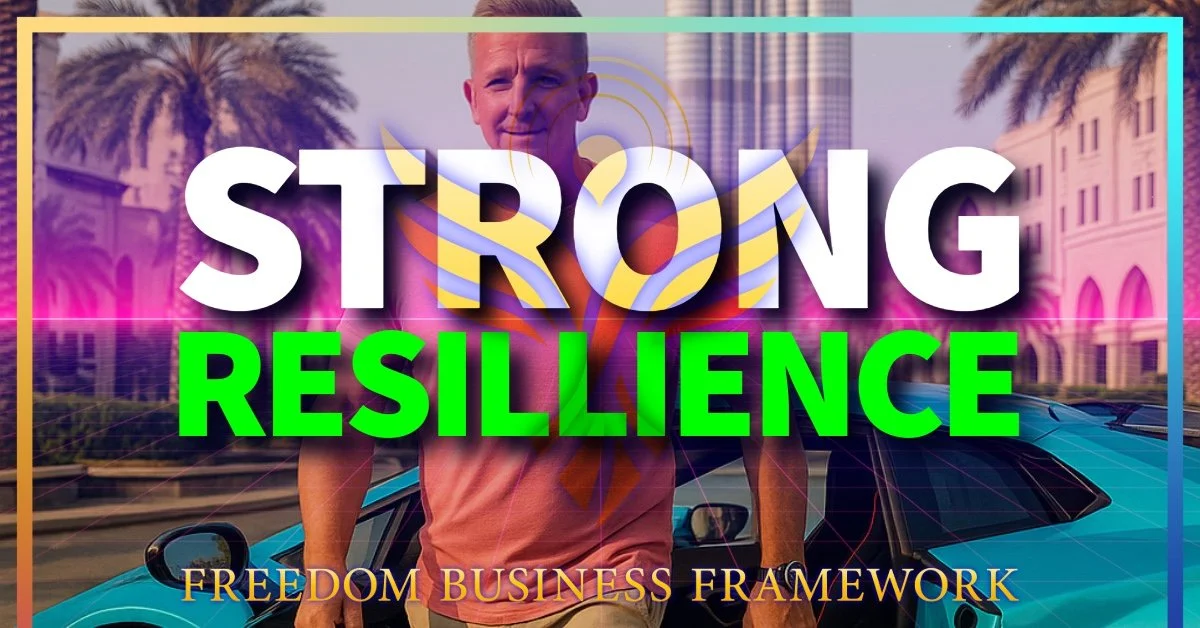Strong Resilience
The path to success is never a straight line.Everyone falls or fails at some point – the question is, do you get back up? Resilience is the ability to bounce back from setbacks, and it’s what turns a stumble into a stepping stone. Leaders, in particular, seem to have this trait in spades: when they hit an obstacle, they emerge not defeated, but *stronger*. In fact, many leadership experts now say resilience is one of the most critical skills for modern leaders. It’s not hard to see why. In times of constant change and unexpected crises, the people who can keep their cool, adapt, and persevere are the ones who guide their teams through the storm.
Everyone Falls – It’s How You Get Up That Counts. Think about a time you made a big mistake or faced a major disappointment in your career. In that moment, it’s tempting to get discouraged or give up. But resilience is like a muscle – it grows when you challenge it. Every failure carries lessons, and resilient people focus on those lessons rather than the loss. They ask, “What can I learn from this? How can I use this experience?” By reframing a failure as feedback, they remove the sting and turn it into fuel for improvement. It’s often said that *success is going from failure to failure without loss of enthusiasm*. Consider famous examples: inventors whose prototypes failed dozens of times before the breakthrough, or entrepreneurs whose first businesses flopped but who later built empires. What they all had in common was the grit to keep going. They didn’t take failure as a verdict on their ability – just as a checkpoint on the journey. Cultivating that mindset in your own career will set you apart. When others see you handle a setback with grace and determination, it builds your reputation as someone who is steady and unshakeable.
Leaders Bounce Back Stronger. In leadership roles, resilience isn’t just about your own career – it directly impacts your team and company. Challenges will come: market downturns, project failures, sudden changes in strategy. A resilient leader absorbs the shock and then rallies, setting the tone for everyone else. They’ll say, “Alright, Plan A didn’t work – what can we do for Plan B?” rather than casting blame or falling into despair. This attitude is contagious. It gives the team confidence that setbacks are temporary and solvable. Moreover, each time you overcome a challenge, you actually grow your capacity for the next one. It’s like how muscles rebuild stronger after being stressed. The World Economic Forum even highlighted resilience and adaptability as top skills for the future – because in a fast-evolving world, the ability to recover and keep moving forward is crucial. Organizations know that resilient employees are more likely to embrace change rather than resist it, which can be a competitive advantage.
How do you build resilience? Part of it is experience – every challenge you survive adds to your confidence. But you can actively develop it too. Start by managing your mindset during adversity: practice seeing problems as temporary and specific, not permanent personal failures. Maintain perspective – will this issue matter in five days, five months, five years? Likely not as much as it feels right now. Also, build a support network; discussing challenges with mentors or peers often reminds you that you’re not alone and that solutions exist. Taking care of your well-being (sleep, exercise, breaks) gives you a physical and mental foundation to handle stress better. Finally, celebrate your bounce-backs. When you finish something difficult or recover from a setback, acknowledge it: “Hey, I handled that – I’m stronger than I was.” Over time, you develop a track record with yourself of bouncing back, which creates a positive feedback loop of confidence and resilience.

